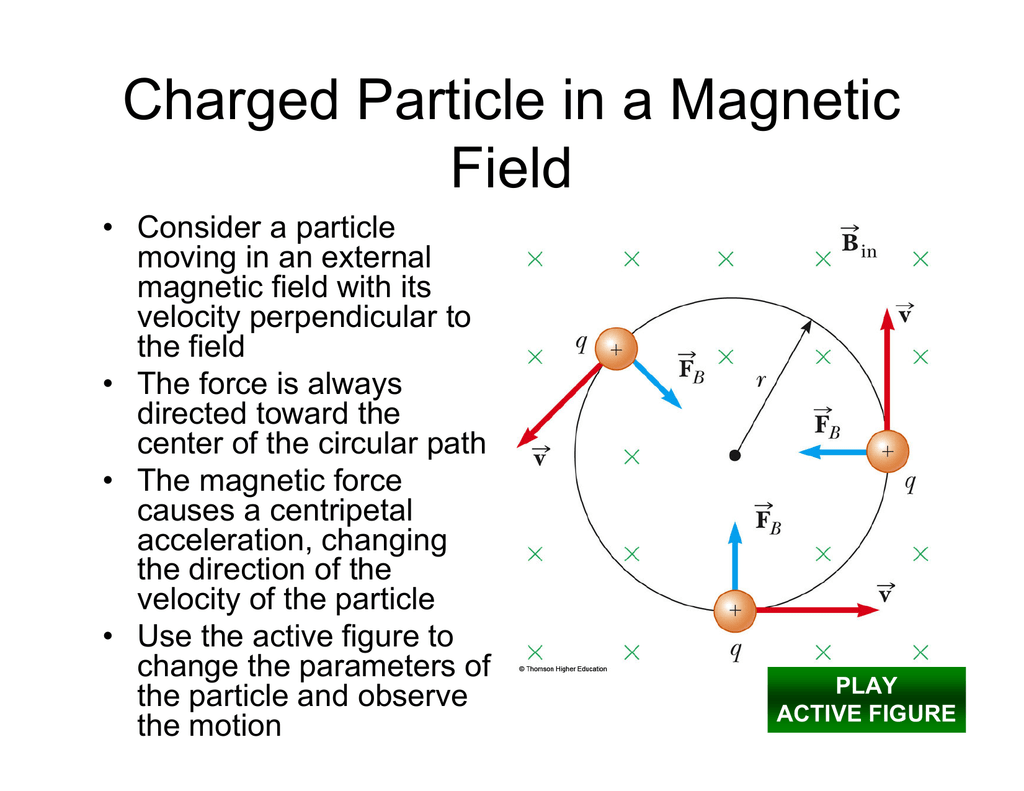

The heavy charged particle will excite and ionize atoms along its path. These processes are of interest only for very-low-energy electrons and will not be discussed in this chapter.Īs indicated in Figure 1, the tracks of the charged particles will differ from both macroscopic and microscopic points of view. An incident electron may be elastically deflected in the field of the atomic electrons. 4.Įlastic collision with atomic electrons. Not only light charged particles but also heavy charged particles, in particular low-energy particles, have a high probability for experiencing elastic scattering. When the particle is deflected without exciting the nucleus or emitting radiation, there will be elastic scattering. This interaction process is, in the energy region used in medical physics, only of interest for electrons and positrons. In some of the deflections, the charged particle will lose energy and this energy is emitted as electromagnetic radiation called bremsstrahlung. When a charged particle passes near a nucleus, it will be deflected. If the energy is higher, this secondary electron is called a δ-electron. If the energy is low, only a few atoms will be ionized and there will be a cluster of often three to four ionizations close to each other. Often, the energy transferred to the emitted electron may be high enough to make it possible for the electron to ionize new atoms. As a result of such a collision, there will be excitations and ionizations. This is the dominant mechanism by which heavy charged particles and light charged particles with low to medium energy will lose their energy. Inelastic collision with atomic electrons. Schematic diagram of the transport of an ion and an electron through matter. The mechanisms by which charged particles lose energy or are scattered can be divided into four principal types of interactions:įigure 1. Figure 1 describes in a simplified way the transport of charged particles in matter for ions and electrons. The ions are sometimes further divided into light ions with Z ≤ 10 and heavy ions with Z ≥ 10. Depending on the type of charged particle, different interaction processes are more or less important, and often, the description of the interactions of charged particles is divided into light charged particles (electrons and positrons) and heavy charged particles (ions). The interactions will give rise to excitations and ionizations of the atoms and emission of electromagnetic radiation, often called bremsstrahlung. Normally, only a small part of the kinetic energy is lost in each collision, and the particles will undergo several interactions before they have transferred all their kinetic energy to matter. When charged particles pass through matter, their Coulomb electric field will interact with the atomic electrons and the atomic nuclei in the matter. The interaction is then known as Mott scattering between identical particles. a proton on a hydrogen nucleus, the incident and target particles, become indistinguishable, and quantum treatment of the scattering between the two particles requires accounting for the interference between their waves. When the incident particles and the target are identical, e.g. In quantum mechanics, the elastic scattering of an electron with the Coulomb field of the nucleus is called Mott scattering.

The scattering of slow charged particles by heavy nuclei is called Rutherford scattering 23. The incident particle loses only the kinetic energy needed for conservation of momentum. In this type of collision, the charged particle is deflected without exciting the nucleus and without being accompanied with the release of electromagnetic radiation. Direct collision, or contact, between the incident particle and the nucleus is, therefore, not necessary. Charged particles can scatter elastically by the force between the electric fields of an incident particle and a target nucleus.


 0 kommentar(er)
0 kommentar(er)
